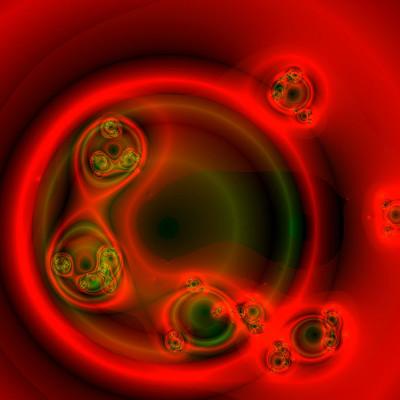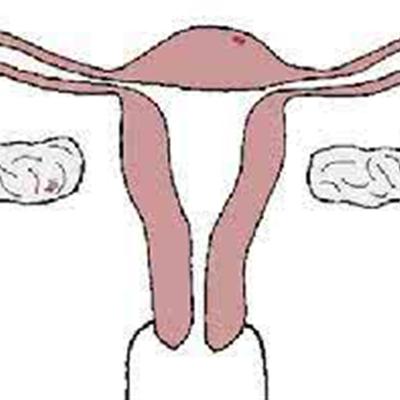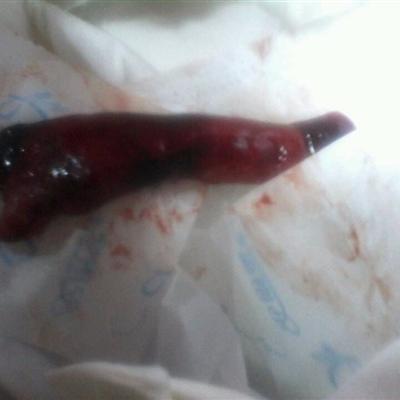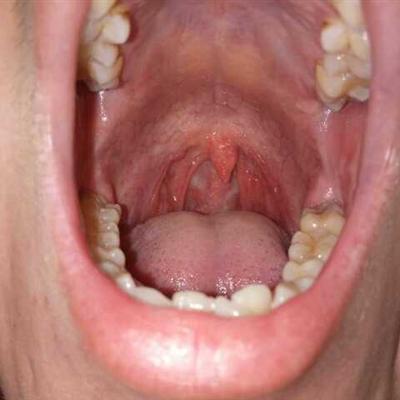How to detect urinary protein
summary
The presence of protein in the urine is called proteinuria, also known as urinary protein. Normal urine contains a small amount of small molecular protein, which can not be detected by routine urine examination. When the protein in urine increases, it can be detected by routine urine examination, which is proteinuria. Proteinuria is a common manifestation of kidney disease, systemic diseases can also appear proteinuria. Here are several methods to detect urinary protein content.
How to detect urinary protein
Method 1: in the urine protein qualitative test, we should synthesize various factors, analyze the specific situation, and choose the appropriate method. Although qualitative test is more convenient, sometimes it is difficult to reflect the actual situation of proteinuria. When conditions permit, it is best to carry out quantitative examination.

Method 2: urinary protein quantitative determination is generally carried out by ectkey = 24 hours urinary protein quantitative target=_ Blank > 24 hours urine protein quantitative detection. There are many methods used. Although some methods are more accurate, such as Kjeldahl method and biuret method, the operation is very complicated. At present, the simple semi quantitative method is mostly used in clinic. The 24-hour urinary protein quantification between 0.15-0.5g is microalbuminuria, between 0.5-1g is mild proteinuria, between 1-4g is moderate proteinuria, and more than 4G (3.5G by some scholars) is severe proteinuria.

Method three: the commonly used methods for electrophoresis of urine proteins include cellulose acetate membrane electrophoresis, polyacrylamide gel electrophoresis, and urine protein immunoelectrophoresis. This method mainly starts from the determination of the types of protein in urine, and by distinguishing the types of different urinary proteins, it has diagnostic and differential significance for some difficult diseases such as multiple myeloma and heavy chain disease

matters needing attention
1. The dietary amount of albuminuria can be supplied according to the normal demand, which is 0.8 ~ 1.0g/kg per day for adults. Protein with high physiological value should be selected, such as egg, milk, fish, lean meat, etc. 2. In addition to the loss of a large amount of protein in urine, nephrotic syndrome patients who also lose minerals such as calcium, magnesium and zinc combined with protein should eat more fresh vegetables and fruits, and supplement foods rich in calcium, such as milk and its products, shrimp skin, sesame paste, kelp, fish and green vegetables. Magnesium rich food, such as millet, wheat, barley, meat and animal viscera
















